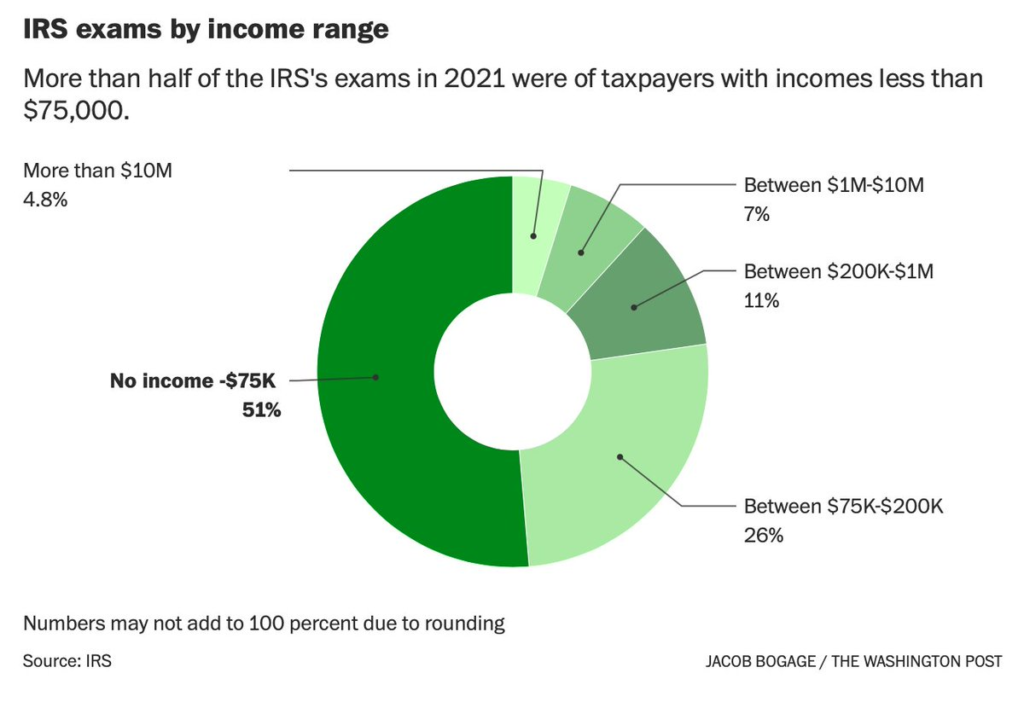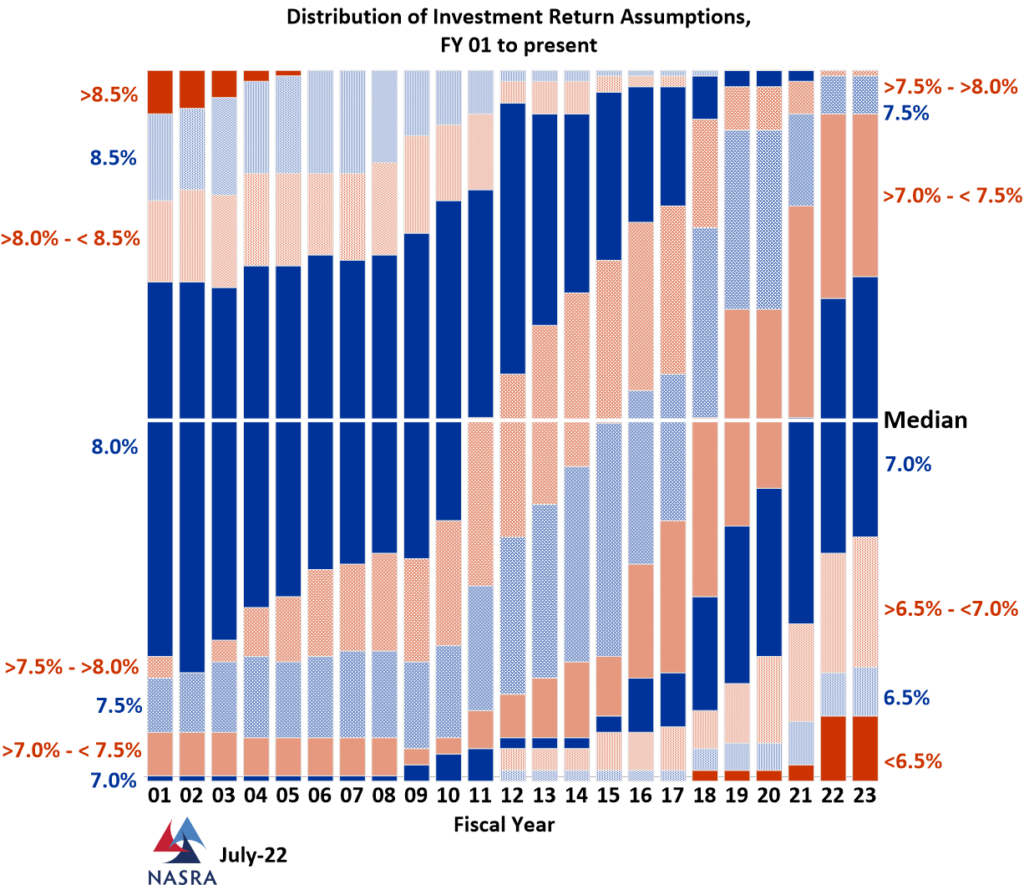Link: https://www.yahoo.com/video/congressional-bill-may-soon-end-194009302.html
Excerpt:
The wind fall elimination provision (WEP) reduces the amount of Social Security benefits people can collect if they receive a government retirement plan in addition to Social Security. It applies only to workers who did not pay Social Security taxes, and so did not earn credits toward Social Security income during their working years.
According to the Congressional Research Service, roughly 6% of workers don’t receive Social Security credits in a given year. Most are local, state and federal employees who don’t pay Social Security taxes because they qualify for government pensions instead. For example, these are federal civilian employees who receive their retirement through the Civil Service Retirement System. The rest are workers covered by alternative retirement schemes, such as Railroad Retirement, or poverty-level workers who earn too little to qualify.
…..
Government Pension Offset (GPO)
The GPO cuts the benefits issued to retirees who receive both their own Social Security payments and a spouse’s government pension payments. The GPO aims to prevent double earning by someone who begins collecting their spouse’s retirement benefits. In the case of the GPO, it reduces a recipient’s Social Security payments by two-thirds of the pension payments that they receive. For example, say that a government worker received a monthly pension of $750. After their death, their spouse is eligible to continue collecting that pension. The pension offset, however, would reduce the surviving spouse’s Social Security payments by $500 per month.
The GPO only applies when someone directly collects their spouse’s pension benefits in addition to their own Social Security benefits, such as when that spouse dies. It does not apply to a household where both people are alive and collecting their own retirement benefits. It also only applies when the government worker did not pay Social Security taxes during their working years.
…..
Almost 340 members of Congress agree that it’s time to eliminate the windfall elimination, and retired public workers could benefit by more than $6,000 per year. In 2021 Rep. Rodney Davis, R-Ill., introduced the Social Security Fairness Act. This bill would repeal the Windfall Elimination Provision (WEP) and the Government Pension Offset (GPO) from Social Security payments. If it passes public employees could see a significant bump in their retirement incomes, and it may pass soon.
At time of writing the Social Security Fairness Act had 294 sponsors in the House of Representatives. Its companion bill in the Senate had 41 sponsors. The measure has been placed on a legislative fast-track. By removing the Windfall Elimination Provision and the Government Pension Offset, this law targets two issues that public unions have long criticized.
Author(s): Erid Reed
Publication Date: 7 Aug 2022
Publication Site: Yahoo News







